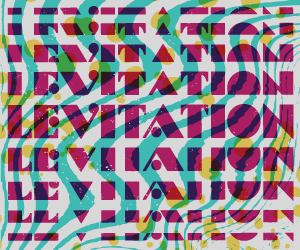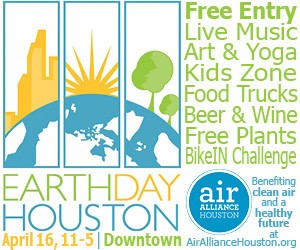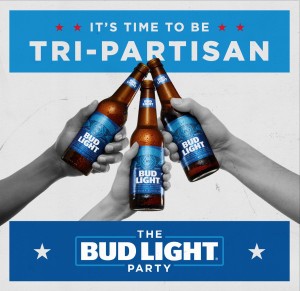CONFESSIONS OF A FORMER CAR LOVER

Like Most Americans, Pedestrian Pete once had a love affair with the car, in fact with several cars, over many years!
By Peter H. Brown
Image above: 1938 Hispano Suiza H6C Dubomet*Xema*Coupe

1937 ITALIAN 135 M ROADSTER
In the 1990’s, me and my last car love broke up. It wasn’t an abrupt parting of the ways – by necessity I still owned a car, several cars in fact, but the luster, the romance, had worn off, like a familiar girl-friend who didn’t interest me anymore. So unlike most car-dependent Americans, certainly Houstonians, my relationship progressed from lust to near loathing. The proliferation of cars and our “car-culture,” the once “miracle machine” had become a curse on civilized life.
The romance all started with my fascination with finely engineered gasoline-powered machines, mostly cars and speed boats. Even in high school, it was about speed, power and control. Like my son 25 years later, as a teenager, owning a car was a non-negotiable social necessity. Without a “kool” car, my social life with girls would wither, my reputation would be spoiled, and I would be stuck with the humiliation of one of my parents driving me and my date to a dance or a prom.

1960 Ford Galaxy — A very “kool” car! (Love those white walls!)
Among the guys – it was fiercely competitive – which stud had the most impressive, stylish car? Who could brag doing 110 mph on a straight run? Who had the loudest tail pipes? Who best figured out how to really soup up their engine? Looking back, among my peers, we shared an obsessive mania about cars.
This also caused a lot of conflict between me and my parents. Sadly, my first car was a mini-mobile, my hated Crossley (by the refrigerator makers), followed by a Ford Model A (slow, dangerous, prone to break downs), both curiosities, and a constant source of anxiety and a painful personal embarrassment. Finally, I talked my Dad into a stick 1956 Ford 2-door V-8 coupe, a real car, attractive to girls, that could credibly compete on a drag strip.
Looking back, with the glamorous advertising in Life Magazine, on early TV, and peer pressure, I was seriously brainwashed. My love affair with the car was sealed, lasting through college and into grad school. I did find a more sophisticated gal — my new 1963 VW Beetle. It was the “less is more” concept, popular among my architecture and design friends. That all reverted back after my architecture firm began to thrive, and to show my material success, I bought a slightly used 1984 Cadillac Sedan de Ville, with a leather interior. My demise into the materialistic morass of “auto-love” was complete. The power and prestige of these cars became a measure of my worth in society!
THE LOVE AFFAIR ENDS! WE BROKE UP!
In the 1990’s, when I recognized not only the false sense of importance attributed to fancy and expensive cars, but also the ill effects that dependence on the private automobile was having on our society, my love affair came to an end. Cars, it seemed, were an expensive, growing menace to our quality of life!
Our family cars (out of necessity, we owned five cars once the kids were in college) had become a huge monthly expense – probably $6-7000 per year for each car (monthly payments, gas, oil, repairs, insurance). Terrifying traffic congestion began raising its ugly head, along with the anxiety of always rushing, being late. The car was no longer a convenience, but an expensive burden.

Bill McKibbon – Thinks about the People’s Climate
About this time, environmentalist Bill McKibbon (The End of Nature) reminded us that burning one gallon of gasoline spews 5.5 pounds of carbon into the atmosphere, raising the specter of debilitating global warming. Then there was Al Gore’s “An Inconvenient Truth.” Cars were the culprit. You take away the convenience factor, add environmental degradation, and the rationale for driving begins to dissipate. Enduring a massive traffic jam on a 12-lane freeway on a daily basis is hard to stomach. So with driving a nightmare, and transit spotty, Pedestrian Pete’s walk-able urbanism became the anti-dote to the car. Let’s start walking; let’s live in a place where work and the necessities of life are within walking distance. After all, wouldn’t it be better to conveniently walk, or take transit, or ride a bike, than be saddled with the pain and panic of driving?
THIS THEN IS MY CONFESSION! Not only did my love affair dissipate, I developed an actual loathing for cars, particularly in large numbers, on crowded freeways and streets, exacerbated by the anxiety of finding a parking space. For Pete, the apotheosis of the automobile was over. I became a decided fish-out-of-water in Houston, where “the others” own more cars per capita than anywhere in the USA!
I jubilantly rejoice experiencing great cities like Paris, New York and London, where a car is unnecessary, in-spite of the noise and pollution of constant traffic which diminishes the great architecture and urbanity of these cities.
FREEWAY REMOVAL!
Recently I learned that a number of American cities have stopped building freeways; in fact, some are removing freeways, replacing them with multi-modal urban boulevards. Examples are New York, Milwaukee and San Francisco. In every case of freeway removal, the economy and certainly the quality of place has improved. By almost any measure, Houston’s freeway system is becoming a failed proposition, a bad investment of huge sums of public money. Yet the “highwaymen” keep telling us over and over – “Just keep pouring more concrete!” Believe me, given all of the wasted time stalled in traffic, the enormous construction costs, and even higher longer-term maintenance costs, this is really a BAD INVESTMENT.
So my message is this: IF YOU HAVE REPUDIATED THE CAR, like me, you either bike, take transit or WALK. Walking is by far the best option, which our city leaders should recognize. That’s the way of humane, better-planned modern cities. Houston is not there yet, maybe quite far behind, but innovation, ingenuity and smart leadership will eventually get us there. After all, we of the homo sapiens crowd are by nature bi-peds!
All Free Press Houston Millennials – 100 million of you in the US – would choose owning cellphone rather than a car. Right On!













